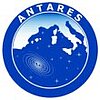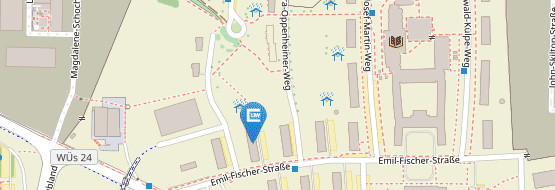AG Kadler
Radio- and Multiwavelength Astronomy
Our research group is working on studies of black holes and the relativistic plasma jets being ejected from their immediate vicinity. Such jets are observed in both Galactic, stellar-mass black hole systems, and in extragalactic, supermassive black hole system and they dominate the emission of these objects over the whole spectrum from radio to gamma-ray energies. Jets show fascinating phenomena like (apparent) superluminal motion, intraday variability, and dramatic outbursts. Curiously, this jet-production takes place only in a relatively small fraction of all black-hole systems: the radio-loud objects. How do black holes form jets? How are they collimated and accelerated? How do they interact with the environment of their host galaxies?
We are coordinating the DFG research group "Relativistic Jets in Active Galaxies", a Germany-wide network of research groups in AGN-jet research. In our local working group, we are particularly focusing on radio observations of jets using the special technique of Very Long Baseline Interferometry (VLBI), low-frequency radio studies with the International LOFAR Telescope and MeerKAT, radio single-dish observations with the Effelsberg 100-m telescope, X-ray observations with XMM-Newton, Swift, and INTEGRAL, and gamma-ray observations with Fermi/LAT.
Major Projects and Collaborations that we are involved in include:

Fermi Science Working Group on Blazars and Other AGN
(Image Credit: NASA E/PO, Sonoma State University, Aurore Simonnet)
And here is a selection of the telescopes that we are using:

The Effelsberg 100m Radio Telescope
One of the largest fully steerable antennas in the world, located in Effelsberg (near Bonn, Germany).
(Image: M. Kadler)

The Very Long Baseline Array
Ten 25m antennas combine to form an array 8000 km in size.
(Image courtesy of NRAO/AUI and Earth image courtesy of the SeaWiFS Project NASA/GSFC and ORBIMAGE)

The TANAMI Array consisting of the LBA, the DSN 70m and 34m antennas in Tidbinbilla, the IVS antennas TIGO (6m), O'Higgins (9m) and Hartebeesthoek (26m).
(Image: M. Kadler & J. Wilms)

The Fermi Gamma Ray Space Telescope
(Image Credit: NASA E/PO, Sonoma State University, Aurore Simonnet)

The Swift optical/UV/X-Ray telescope
(Image: NASA GSFC / Sonoma State University)

XMM-Newton (International Gamma-Ray Astrophysics Laboratory)
(Image: ESA/D. Ducros)

INTEGRAL (X-ray Multi-Mirror Mission)
(Image: ESA)

ANTARES (Astronomy with a Neutrino Telescope and Abyss environmental RESearch) - Cherenkov detector in the deep Mediterranean Sea, optimised for the detection of muons from high-energy astrophysical neutrinos.
(Image: François Montanet)














